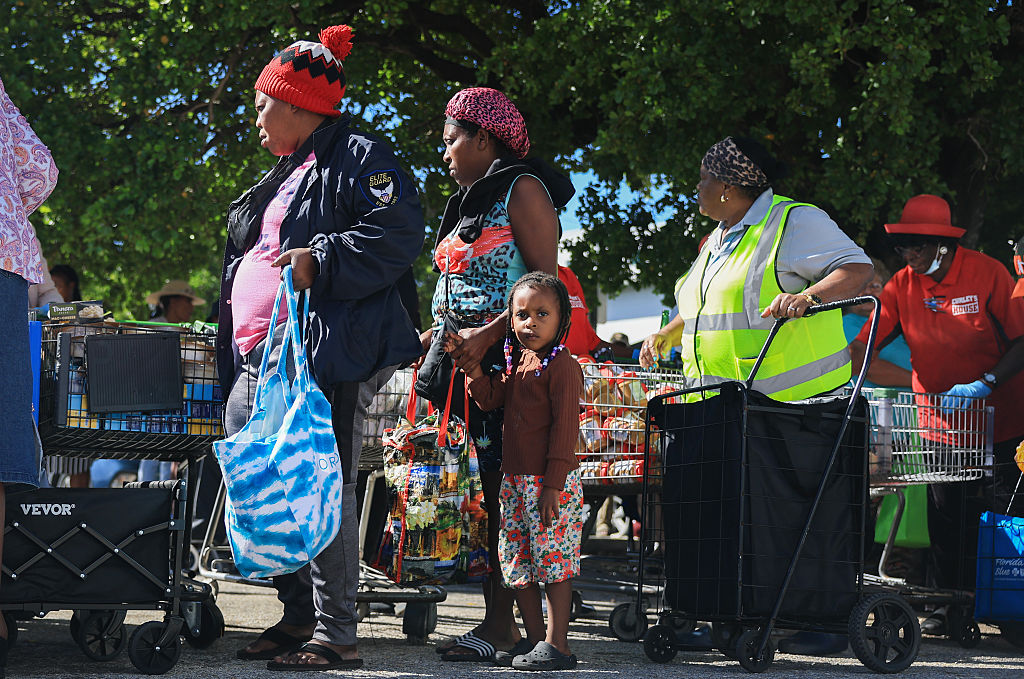
The Trump Administration has declared that the roughly 42 million Americans enrolled in the Supplemental Nutrition Assistance Program (SNAP) will receive only a portion of their monthly benefits. This decision comes as the Administration was unable to stop these payments, despite its earlier intentions, with the government shutdown nearing its sixth week.
Previously, the Administration stated that food stamp payments, crucial for millions of Americans, would cease on November 1st, a declaration that met strong opposition from state authorities, food banks, and specialists. However, in a court document submitted Monday, it confirmed that it would provide partial funding for the program using emergency reserves—a move mandated by two federal judges last week—while still choosing not to utilize additional funds that could have ensured full disbursements.
Below is an overview of the legal proceedings and their implications for those receiving SNAP benefits.
The Trump Administration’s Stated Method for Funding the Program
On Friday, U.S. District Court Judge Jack McConnell mandated that the Administration draw from a $6 billion contingency fund to disburse at least partial SNAP payments for November.
In a court filing responding to that directive, the Administration stated its intention to access the fund to provide partial financing for the benefits.
The Justice Department confirmed its commitment to “expend the entire sum of SNAP contingency funds today,” which will allow states to “determine the benefits for each eligible household” and “initiate payments.”
In a separate statement, Patrick Penn, a Department of Agriculture official responsible for SNAP, indicated that $4.65 billion from contingency funds was ready for use toward November’s payments.
Penn further stated that the Administration would not access other possible funding sources, noting that while they considered funds designated for Child Nutrition Programs, it was decided these “must remain accessible” to avoid deficits in those initiatives, which he described as delivering “essential, nutritionally-sound meals and food aid to millions of children daily.”
What Amount Will SNAP Recipients Get, and on What Schedule?
Penn stated that “50% of current allotments for eligible households” would be covered by the existing contingency funds, implying that millions of families may still face a deficit in crucial assistance.
He also pointed out that “this implies no funds will be left for new SNAP applicants approved in November, disaster relief, or to mitigate the potentially disastrous outcomes of completely discontinuing SNAP.”
The exact timing for when SNAP recipients receiving payments will obtain them remains uncertain.
McConnell’s written directive issued Saturday indicated that the Department of Agriculture, responsible for benefit distribution, had the option to issue full payments by Monday or partial payments by Wednesday.
During a CNN interview on Sunday, when queried about the possibility of benefits being disbursed by Wednesday, an option suggested by McConnell, Treasury Secretary Bessent responded: “It’s possible.”
Nevertheless, Penn noted in the court document that procedural challenges might affect the timely delivery of benefits to households “in the appropriate reduced amounts,” explaining that the Department of Agriculture understood some states could require “from a few weeks to several months” to implement the necessary system modifications for these payments.